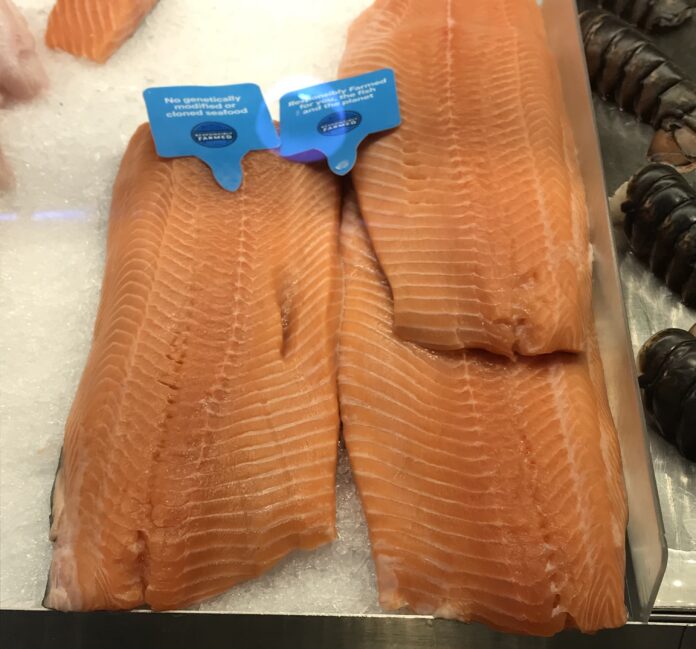Dried-up farmed salmon imports as a result of Western sanctions are prompting Russia to look for ways to fill local demand, including raising salmon in recirculating aquaculture systems (RAS).
According to the Russian strategy advisory firm, Strategy Partners, the reduction in salmon imports leaves a void of 72,000 MT in the Russian salmon market.
A partner at the consultancy, Inna Golfand, noted that Chile sold 46,000 tons of trout to Russia prior to the Russia-Ukraine war, but has since reduced supplies by six times.
Faroe Islands, the second major supplier of salmon to Russia, has ceased cooperation with Russian companies. Meanwhile, Turkey supplies mainly portioned trout, while Belarus is engaged in the re-export of processed fish from Norway.
Approximately the same amount is sourced from local salmon farmers, but it is clearly not enough, said Golfand, who spoke at a forum called “Business in Russia: new conditions. Aquaculture.”
“There is a shortage of salmon in Russia: consumption is growing year to year, while imports are declining, and domestic production has not kept pace with the demand for these products,” she was quoted as saying by food-market publication Sfera.fm.
The lack of salmon, she believes, can be replaced by creating new domestic production facilities, including growing salmon in RAS facilities, not ocean-based cages.
“There are restrictions associated with the availability of sites where you can grow fish in cages. Most areas [suitable for fish production in open water] have already been dismantled. Those that remain most often have a limit in terms of cultivation volumes.”
The Sfera.fm report said there are currently two companies in Russia that use RAS for growing trout. One of them is the 500,000-tonne F-Traut in the Kemerovo region and the other is the 10,000-tonne farm called “Sig,” located in the Kaluga region.
Russian Aquaculture, which changed its name to Inarctica, is Russia’s biggest producer of farmed salmon (in ocean-based cages) and accounts for 20 percent of the market.
Golfand outlined the benefits of RAS and the government incentives for existing fish farmers and others that might want to go into salmon RAS aquaculture. These include preferential loans, government subsidies, the possibility for preferential tax rate on profits, and the readiness of the government to lease land without bidding, the report said.











